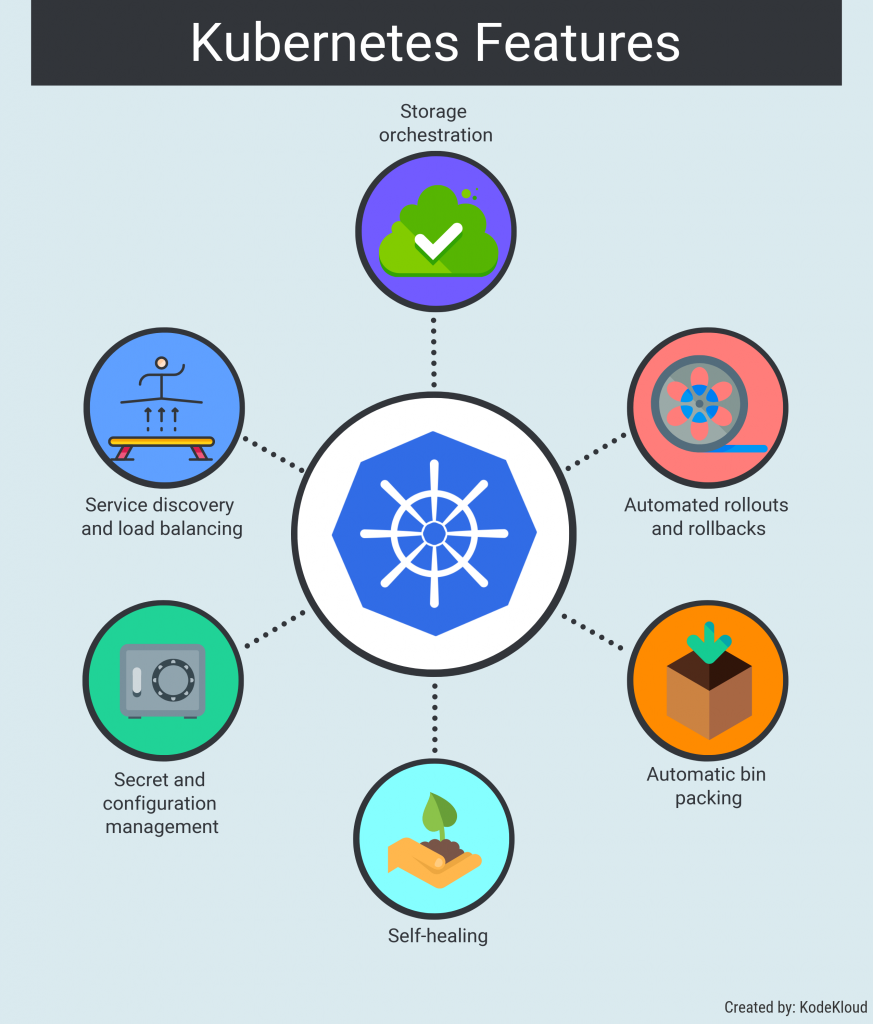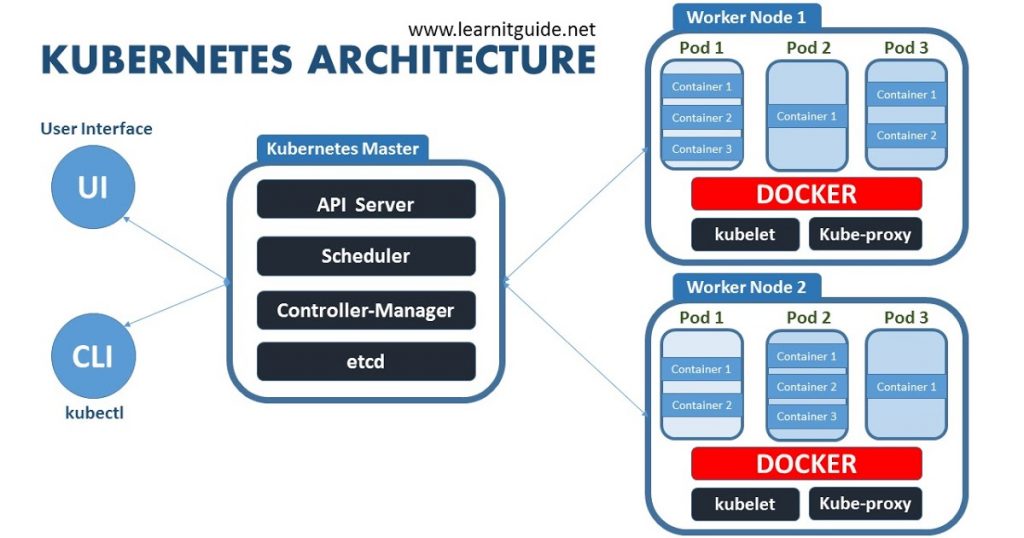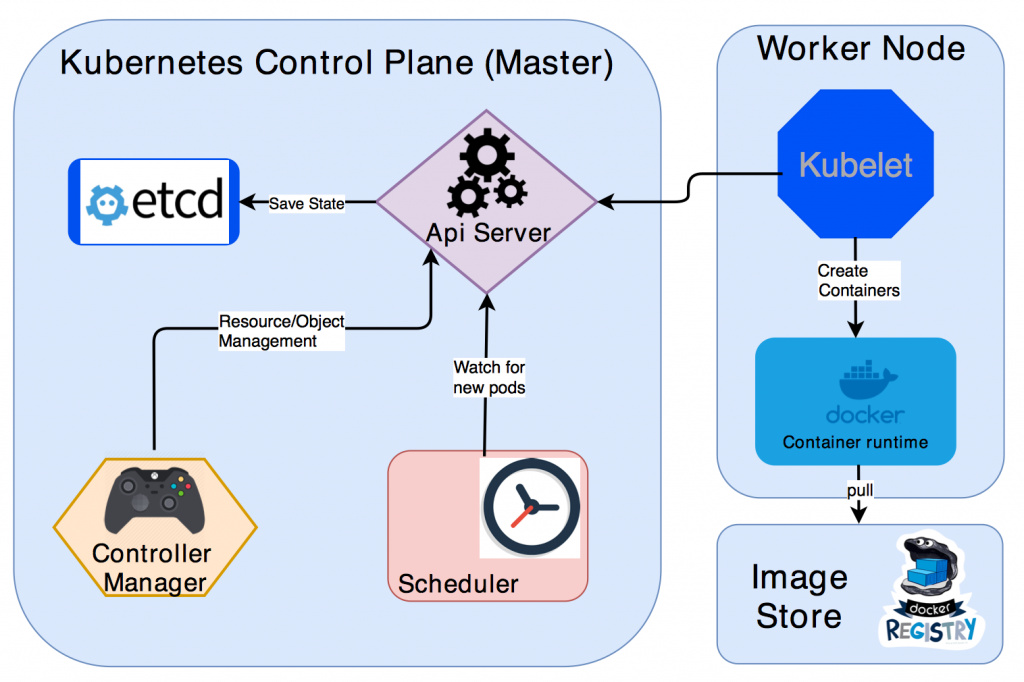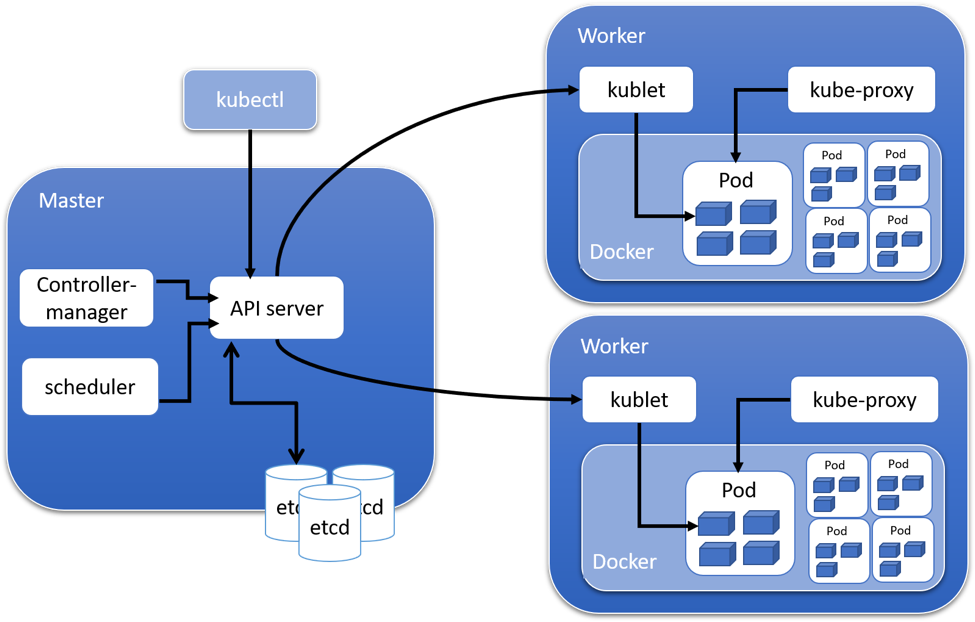Upgrade & Secure Your Future with DevOps, SRE, DevSecOps, MLOps!
We spend hours on Instagram and YouTube and waste money on coffee and fast food, but won’t spend 30 minutes a day learning skills to boost our careers.
Master in DevOps, SRE, DevSecOps & MLOps!
Learn from Guru Rajesh Kumar and double your salary in just one year.
What is KUBERENETS?
It is Container Orchestrator(for Largescale).
Kubernetes can help you deliver and manage containers.
Self-Healing/auto-Healing (Automatically replaces Nodes and adds containers if there is problem with some of the nodes).

No trouble-shoot Needed.
Auto Rollback.
Kubernetes overcome the Following 3 problems-
1.Managing the multiple Docker hosts.
2.Load balancing multiple containers with same port in one host
3.Auto Scaling.
Kubernetes Architecuture

It has Master Node & Worker Node.
Master Node [Kubernetes Control Plane] -Manages the entire Cluster and worker nodes.
Worker Node -The worker nodes run the workloads.
Four Components of Master

Kube-API Server- Front end to the control plane . Every Component interacts with API Server
Cluster Store– persistent Storage Cluster where everything is stored. It is Distributed and consistent.
Kuberenetes uses etcd to store all its data .It is key value store
Kube–Controller Manager-Controller of Controllers .It watches for any changes and maintains desired state.
It contains several controller functions in one.
Kube-Scheduler – It monitors api-server for new pods & assign works to the nodes.
How Kuberenetes Works?

Kublet
-Main Kuberenete Agent
-Registers Node with cluster
-instantiates pods
-reports back to master
Kube-Proxy
Kube-Proxy maintains network rules on nodes. Assigns Pod IP Address.
-All containers in a pod will share same IP Address.